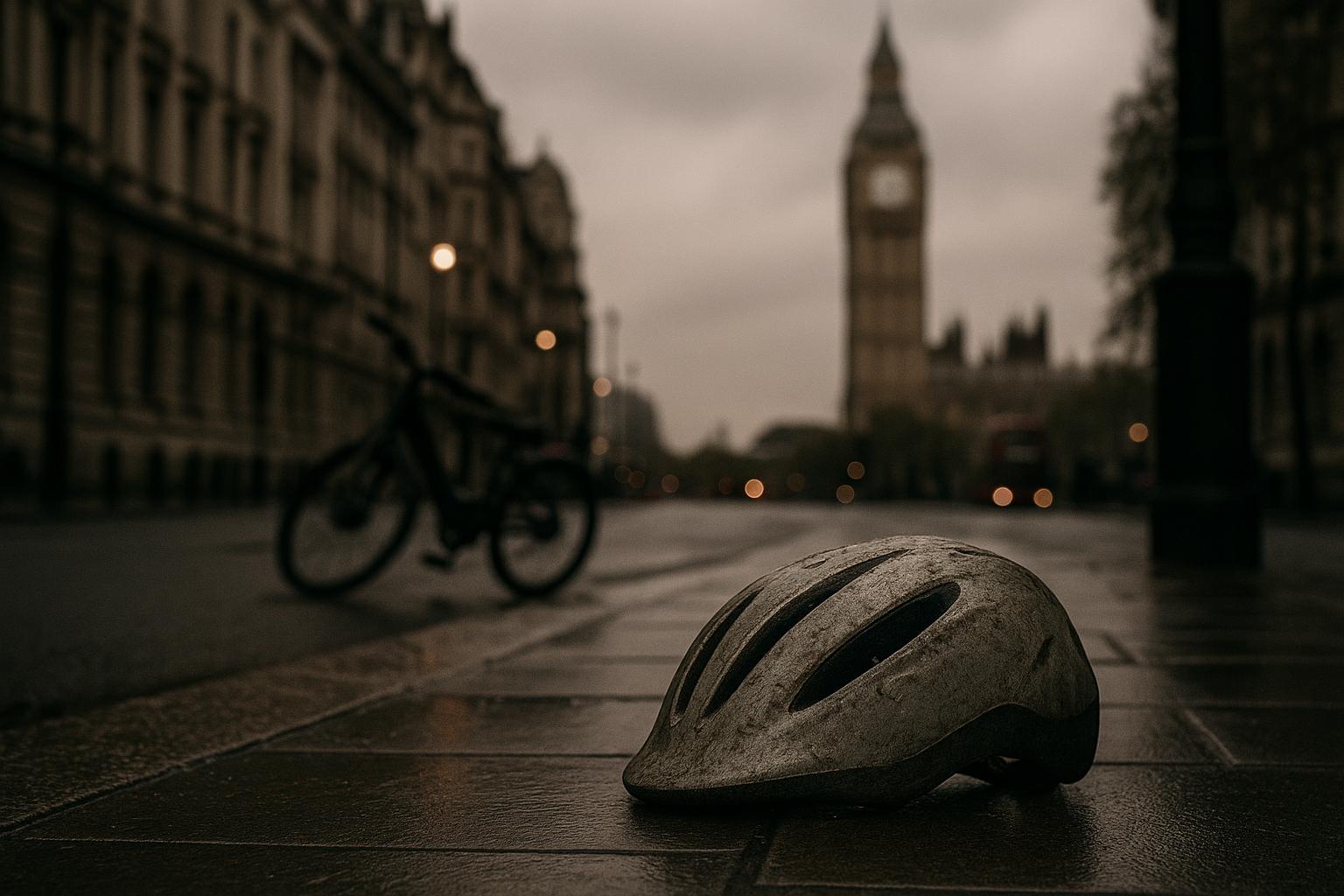Surgeons at the Royal London Hospital in Whitechapel have raised alarms over a significant rise in e-bike-related injuries, warning of a "massive burden" on hospital resources. Over the past six months, the orthopaedics trauma ward has treated approximately 150 patients with injuries linked to e-bike accidents. Cases have included severe trauma such as a 32-year-old man with a broken leg and a six-year-old girl suffering multiple fractures after being hit by an electric bike.
The increasing prevalence of e-bikes in London is a major factor behind the surge. These bikes, which feature rechargeable batteries and electric motors, are generally heavier and faster than traditional bicycles. Their popularity surged recently as commuters sought alternatives amid strikes disrupting London’s Tube services. For instance, the e-bike company Lime reported a rise of over 50% in trip numbers during rush hours, with usage climbing further to three-quarters by midweek. Surgeons say the higher speeds and mass of e-bikes lead to more severe injuries when accidents occur, with falls often resulting in complex fractures.
Consultant surgeon Jaison Patel underscored the pressure these injuries place on the NHS, stating, "If we can reduce the number of patients coming in with these sorts of injuries, it would be great for the patients obviously, but also takes massive pressure off us in the NHS." His colleague Nick Aresti added that the trauma caused by e-bike accidents can significantly impact recovery, leaving many struggling to regain normal function. Both called for stricter industry regulation to improve safety standards.
Current UK law permits anyone aged 14 or over to ride an electric bike classified as an Electrically Assisted Pedal Cycle (EAPC), which must adhere to specific conditions. These include a maximum motor power output of 250 watts and motor assistance that cuts out at speeds above 25 km/h (15.5 mph). The motor is only activated when the rider pedals, and there is no licence or helmet requirement. These regulations, aimed at distinguishing e-bikes from more powerful motorised vehicles, have been outlined by bodies such as Cycling UK and Cycling Electric, emphasizing compliance to ensure rider safety.
However, some stakeholders urge caution regarding tighter regulations. Duncan Dollimore, head of campaigns at Cycling UK, which is affiliated with the Electric Bike Alliance, highlighted the wider benefits of cycling for public health. He noted that while incidents involving hired e-bikes have seen a slight rise, the positive health impact outweighs risks by an estimated 20 to one. Dollimore pointed out that physical inactivity costs the NHS around £7.4 billion annually, but cycling saves the health service approximately £1 billion.
Meanwhile, city officials are advocating for enhanced powers to regulate e-bike use. Will Norman, London's walking and cycling commissioner, noted that forthcoming legislation, such as the English Devolution and Community Empowerment Bill currently progressing through parliament, could grant cities like London more control over e-bike safety, parking, and battery security. Norman expressed optimism that these steps would help make e-bikes safer and better integrated into urban transport systems.
As e-bikes become ever more popular with commuters and recreational cyclists alike, balancing their health and environmental benefits with safety concerns remains a key challenge. The debate continues on the best strategies to reduce injuries without discouraging cycling's many advantages, especially in congested urban areas.
📌 Reference Map:
- Paragraph 1 – [1], [2]
- Paragraph 2 – [1], [2]
- Paragraph 3 – [1], [2]
- Paragraph 4 – [1], [3], [4], [6], [7]
- Paragraph 5 – [1], [2]
- Paragraph 6 – [1]
- Paragraph 7 – [1], [2]
Source: Noah Wire Services
